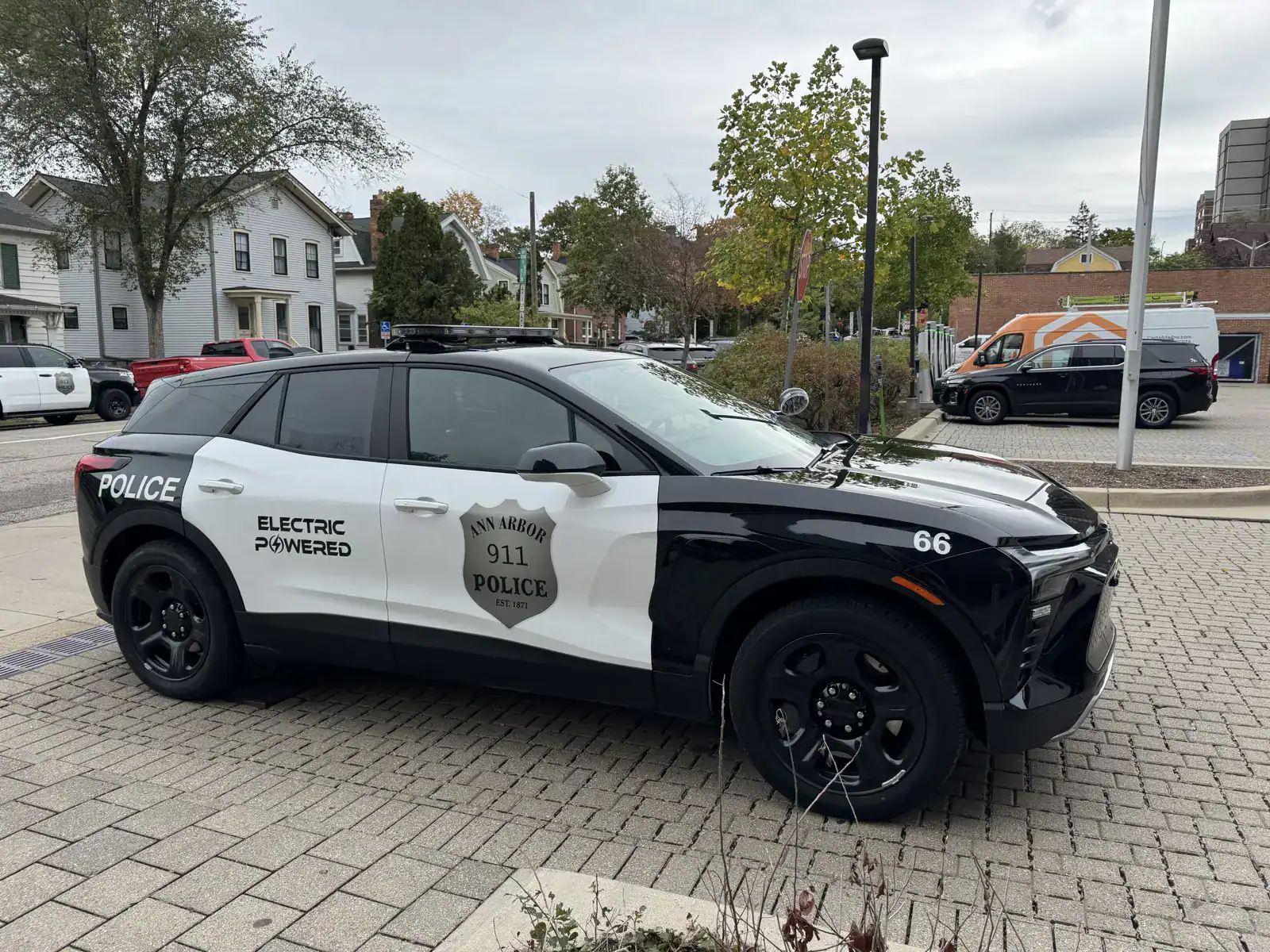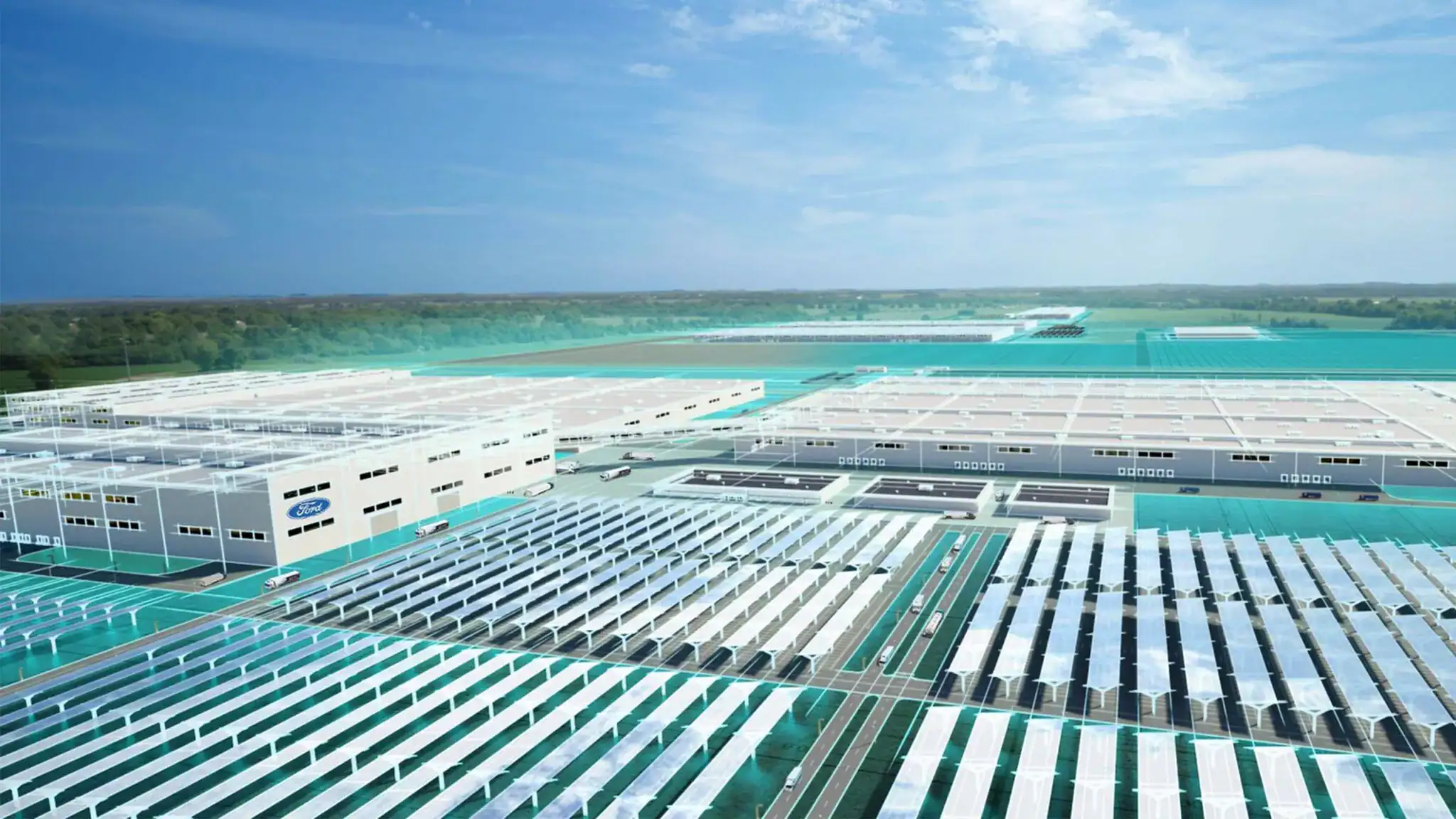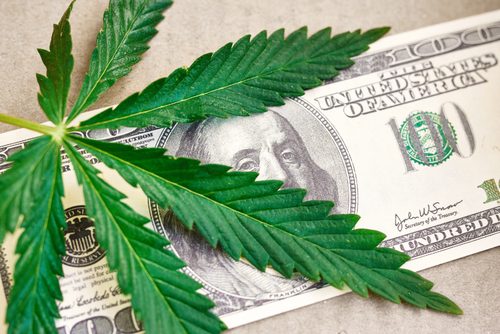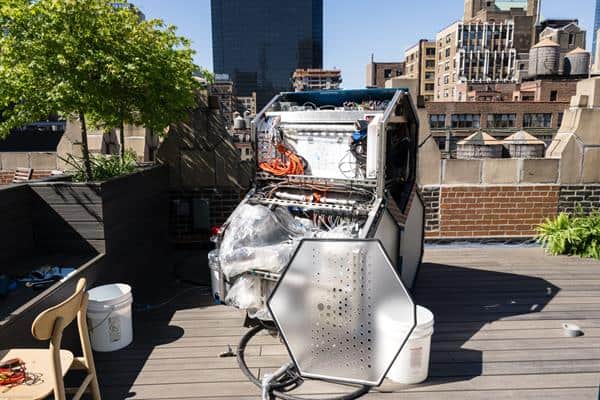DETROIT – When former President Donald Trump campaigned on a promise to end the $7,500 electric vehicle tax credit, many people pointed to his newfound close ties with Tesla CEO Elon Musk as proof that he wouldn’t really act to deliberately harm America’s nascent EV sector.
But as with all things Musk, it’s not that simple. It never is.
Last week, Trump’s transition team made headlines when sources told Reuters that it was already formulating plans to kill the credit, and that Tesla representatives told the team they supported the move. In other words, America’s largest EV maker favors ending a subsidy that has helped drive millions of its sales so far. (Tesla no longer responds to requests for comment from news outlets.)
It’s a baffling argument to make. The U.S. auto industry and related companies like battery manufacturers are investing some $300 billion into EV production aimed at giving America the tools to compete with a rising China, which also heavily subsidized that transition.
But the going theory is that Tesla is the only American automaker (and really, the only Western one) that is profitable and manufacturing at scale with EVs, so ending the tax credits would hurt competitors taking up Tesla’s market share like General Motors, Ford, Hyundai and others. Musk has been saying this for a while; on his social media platform X in recent months, he called for an “end [to] all government subsidies, including those for EVs, oil and gas.” And on a July earnings call, he said ending the credit would be “devastating for our competitors” but “long term probably actually helps Tesla.”
Tesla’s Bottom Line Gets Hurt Here Too
There’s no getting around the fact that ending tax credits will hurt the entire EV sector. It’s why the U.S. auto industry’s top lobbying group is so opposed to the move, urging Congressional Republicans to keep this momentum going or risk losing out to China. Granted, Tesla has always been an outlier in that space, even more so than other startups like Rivian and Lucid; Musk has long leaned into the idea that it’s a “tech company” rather than an automaker, which is what drives its sky-high valuation.
Yet as countless critics have pointed out, Tesla has long depended on subsidies of all kinds. (So have Musk’s other companies, including lucrative government contracts.) The EV and hybrid tax credit actually dates back to the George W. Bush administration. Save for a few years in the late first Trump era and the start of President Joe Biden’s before the Inflation Reduction Act kicked in—when automakers would lose the original credit after selling a certain number of cars—Tesla has almost always benefitted from those credits in some way.
While Tesla’s U.S. sales have been dipping due to increased competition, the potential backlash to Musk’s online presence and politics and its aging lineup (more on that in a moment), it has benefitted tremendously from the IRA too. Though Tesla also implemented intense price cuts in 2023, those tax credits still helped propel it to more than 650,000 sales in 2023—a 25% jump from the previous year. And even though not every current Tesla model qualifies due to where some of their batteries are made, this certainly does help move metal.
If you were to ask Musk in one word the real reason he’s doing this, my guess is it would be “robotaxis.”
This era of Tesla is betting the farm not on electric cars or competing with China, but on the idea that one day it will crack the code of fully autonomous driving. In theory, then everybody will want to move to its cars en masse because driving yourself will be as outdated as owning a horse. (Indeed, that’s a big part of why Tesla implemented so many price cuts in 2023: get as many people into its cars as possible and then charge for Full Self-Driving subscriptions.)
But if that’s the plan, it must be where Musk means “long-term.” Autopilot and FSD have gotten better in recent years but they’re nowhere near ready for truly autonomous, steering-wheel-free driving. Google’s Waymo robotaxi service has logged more than 25 million miles of human-free driving so far; Tesla has logged essentially none. Even in the consumer car space, there are technologies that automate driving assistance better than Tesla can in many scenarios since the automaker is wholly dependent on AI and cameras instead of advanced sensor suites.
Now that he’s close with Trump, Musk is also banking on being able to tear through regulations that he feels are holding autonomous vehicles back while setting new ones to drive their growth. But again, that’s a long-game strategy at best that isn’t validated by anything we’ve seen so far from Tesla’s actual technology. And the company still has to sell cars in the meantime to bankroll that dream.
This Doesn’t Fix Tesla’s Underlying Problem
This is where things really start to fall down for Tesla: its family of cars is getting old. The world’s best-selling car in 2023, the Model Y, is quickly losing ground to new competitors in terms of specs and performance. Other automakers are quickly expanding into electric spaces that Tesla is ignoring, like three-row SUVs and affordable compact cars. Musk even recently said he sees no point in making a “regular” $25,000 EV that isn’t fully autonomous because it wouldn’t be investing in the future; “it would be completely at odds with what we believe,” he said on a recent earnings call. And there are many signs that Cybertruck demand is slipping as well.
Tesla is expected to release an updated “Juniper” Model Y next year, and there’s little doubt that will juice EV sales. But with Musk increasingly bored with making cars, and very few new models on the horizon, and an industry and driving populace just not ready for full autonomy yet, where does Musk expect growth to come from? Perhaps the plan for Tesla is to kneecap its EV competitors, coast with modestly updated versions of its current cars, live without regulatory credits and then wait however long it takes to become a robotaxi company—all while hoping the fallout from Musk’s own antics don’t completely tank its own sales.
If that’s really the case, we should all get comfortable. We’re going to be here for a while.
In the meantime, it’s hard to see who really wins from killing the tax credits besides the oil industry and China. It certainly won’t be this country’s largest electric automaker.






